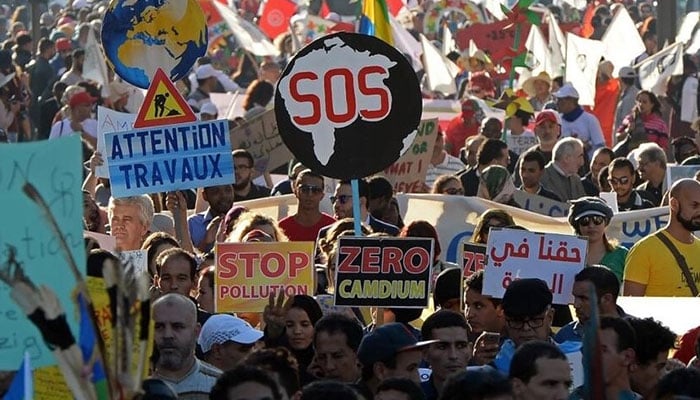Extreme weather occurrences are still happening all around the planet in different ways. A few days ago, Toronto, Canada, received nearly 100 millimeters of rain, or roughly four inches, which is equivalent to the city’s typical rainfall for the entire month of July.
Due to the thunderstorms’ intense rain and flash flooding, approximately 170,000 customers lost power, leaving residents stranded and roads inundated. Within 3.5 hours, Pearson Airport in Toronto recorded 97.4mm of rain. Calling this a “significant event,” Prime Minister Trudeau emphasized the need for Canada to step up its efforts to combat climate change.
Since June, Pakistan has experienced intense heat waves, with recent days being exceptionally hot and muggy.
Nationwide, temperatures surged beyond 50°C. A novel phenomena was observed in Karachi, when clouds seemed to touch big structures like the Icon Tower.
This could be the result of a number of climatic elements working together, such as fog surrounding tall structures and giving the impression that the buildings are being touched by clouds. Nonetheless, there may be more climate change phenomena at work given the recent episodes of air turbulence that have resulted in passenger deaths and injuries.
This year has seen multiple instances of severe air turbulence that have resulted in fatalities and injuries. The most catastrophic occurred on May 21, when a 73-year-old passenger died and thirty others were injured due to extreme turbulence on a Singapore Airlines flight from London to Singapore.







